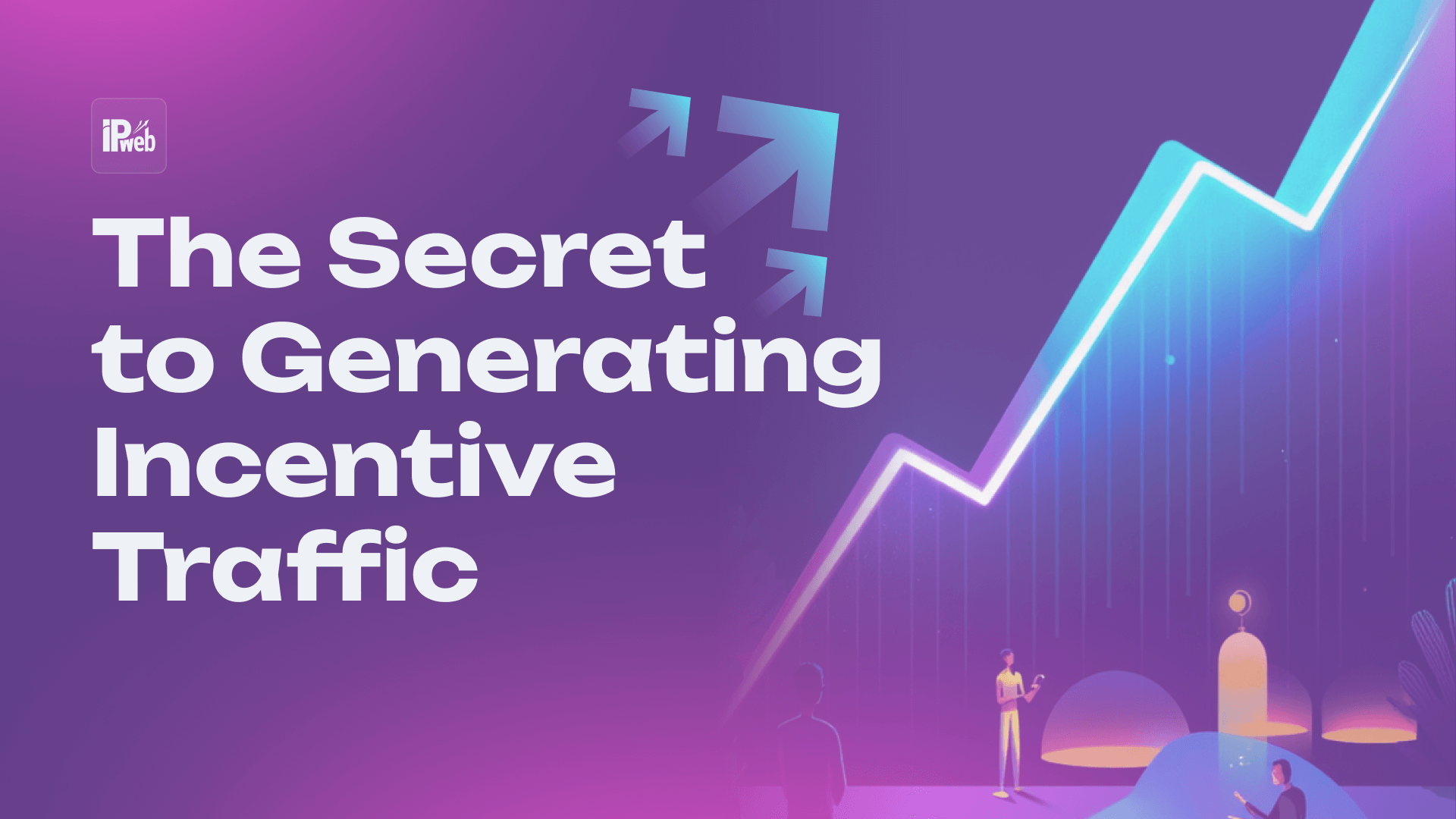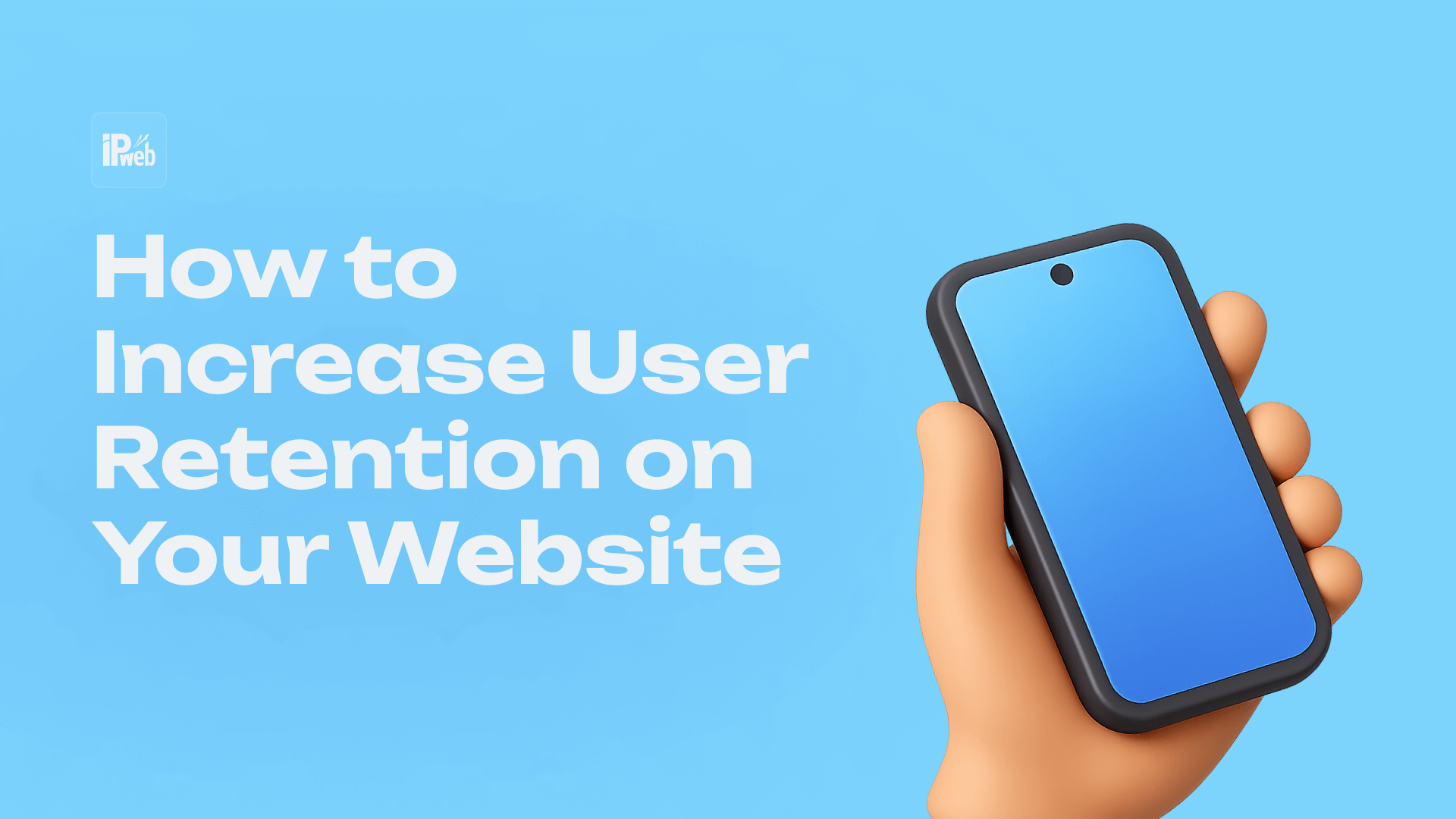Every business competing online faces a major challenge — attracting real, engaged users. While organic traffic is valuable, it often takes months or even years to build. This is where incentive traffic plays a crucial role. By offering visitors a reward or benefit for performing specific actions, businesses can accelerate website promotion and improve their conversion rates.
Unlike traditional paid advertising, incentive traffic ensures that users are motivated to engage, whether it's clicking on a link, signing up for a service, or making a purchase. According to an industry report by Invesp Agency, brands that incorporate rewarded traffic strategies see up to 60% higher engagement rates compared to non-incentivized campaigns.
However, the key to success lies in using incentive traffic the right way. Over-reliance on low-quality methods can lead to high bounce rates and low retention. Instead, businesses should focus on effective incentivized traffic methods such as CPA marketing, referral programs, and cashback traffic, which encourage real user interaction while maintaining long-term value.
In the following sections, we’ll explore how to generate incentive traffic legally, the best strategies for driving high-quality users, and how to measure its effectiveness. Whether you're in performance marketing or simply looking for better ways to grow your audience, understanding these methods will help you achieve sustainable website promotion without relying solely on organic reach.
What Is Incentive Traffic?
Incentive traffic refers to visitors who interact with a website, app, or ad in exchange for a reward. Unlike organic traffic, where users visit a website based on interest or search intent, motivated traffic is driven by external motivation, such as a cashback offer, loyalty points, or in-app rewards. This makes it a powerful tool in website promotion, allowing businesses to generate traffic quickly and encourage specific user actions.
For example, in CPA marketing, advertisers pay for a defined action, such as a user signing up for a newsletter or completing a survey. If an e-commerce store offers cashback traffic—where users get a small percentage of their purchase back—it creates an incentive for more people to buy. Polls reveal that 46% of cashback users view it as a significant aspect of their purchasing decisions.
Main Types of Incentive Traffic include:
- Pay-Per-Click (PPC) Incentives – Visitors receive rewards for clicking on ads or links, commonly used in traffic-exchange platforms.
- CPA Marketing Incentives – Users must complete an action (like signing up or making a purchase) before receiving a reward.
- Rewarded Traffic – Often used in mobile apps or gaming, where users get in-game currency, bonuses, or exclusive content for interacting with ads.
- Bonus-Based Models – Offers special promotions, discounts, or free trials after engaging with a product or service.
Pros and Cons of incentivized Traffic
Pros:
- Rapid audience growth: Can increase website visits by up to 60% in a short period.
- Higher conversion potential: Users are more likely to complete an action when there’s a tangible benefit.
- Boosts engagement: Gamification marketing strategies can make lead generation campaigns more interactive.
Cons:
- Lower retention rates: Some users engage only for rewards and may not return.
- Platform restrictions: Some advertising networks have strict policies on legal incentive traffic strategies, requiring careful implementation.
While incentive traffic has undeniable benefits, it’s essential to use effective methods that align with long-term performance marketing goals. When implemented properly—through referral programs, gamification, and CPA marketing—it can drive high-value, engaged users while maintaining website promotion credibility.
Effective Strategies for Generating Incentive Traffic
Generating incentivized traffic isn’t just about offering rewards—it’s about choosing the right methods to attract engaged users who will interact with your brand in a meaningful way. When done correctly, these methods can boost conversions, improve website promotion, and ensure long-term user retention.
Using Cashback Services and Loyalty Programs
Cashback and loyalty programs are among the most effective ways to motivate visitors to take action. According to industry data, brands that implement cashback offers see 30% higher repeat purchase rates than those without them.
For example, e-commerce stores often provide cashback traffic—offering a percentage of the purchase amount back to the customer. This not only encourages purchases but also creates a sense of value, leading to stronger customer loyalty. Similarly, loyalty programs, where clients earn points for actions like signing up, making purchases, or referring friends, keep customers engaged over time.
Offering Rewards for Clicks, Registrations, and Purchases
Another way to generate motivated traffic is by rewarding users for simple interactions. This can include actions like clicking on links, signing up for newsletters, or watching promotional videos.
Platforms like IPweb specialize in connecting advertisers with real users who are willing to engage in these activities. For example, through IPweb’s performer services, users can earn money by completing tasks such as visiting websites, clicking on links, liking social media posts, and watching promotional content just after linking their social media and other platforms accounts. This benefits advertisers by increasing exposure and engagement, while also giving users an incentive to interact.
Implementing Gamification to Boost Engagement
Gamification marketing is another powerful tool for generating high-quality motivated traffic. By incorporating game-like elements—such as spinning wheels, progress bars, or reward-based challenges—businesses can encourage user participation in a fun and interactive way.
For instance, an online education platform might offer bonus traffic by allowing visitors to complete small quizzes for discounts on premium courses. Similarly, e-commerce brands can provide rewarded traffic by letting customers earn discount codes or free shipping through interactive challenges. These tactics increase engagement and make marketing feel less like an ad and more like a rewarding experience.
Leveraging Referral Programs and Affiliate Marketing
Referral programs and affiliate marketing are long-term strategies that help businesses attract new clients while reducing acquisition costs. A well-designed referral program can increase conversions by up to 50%, as users are more likely to trust recommendations from friends. Also Invesp Agency statistics show that referral leads convert 30% better than leads generated from other marketing channels and have a 16% higher lifetime value.
For instance, IPweb's automated promotion service affiliate program, in which affiliates make passive income by acquiring new users—advertisers and performers. Through a unique referral link, affiliates bring in new users who either promote their social media and websites or make money from paid offers. The affiliate makes $0.53 for each advertiser who joins and spends $5.26.When the advertiser’s total spending reaches $105.26, a bonus of $5.26 is earned, bringing the commission per advertiser to $5.79 which is quite impressive.
For performers, the program offers 7% of all first-tier referral revenue and 2% from second-tier referrals, with long-term passive earnings. Referral links may be utilized in website promotion, social media, and Telegram bots, allowing affiliates to reach masses of people efficiently. This strategy not only provides legal incentive traffic but also generates a network of active users in the long term.
Legal vs. Grey-Hat Methods
Not all motivated traffic methods are created equal. While some strategies are fully approved by platforms and ad networks, others fall into grey areas that may lead to penalties, ad restrictions, or even account bans. Understanding the difference is crucial for businesses that want to attract clients without violating platform rules.
Platform-Approved Legal Strategies
The safest and most sustainable approach is to use platform-compliant methods that encourage real user engagement. Referral programs, cashback traffic, gamification marketing, and CPA marketing all fall under this category.
For example, cashback programs — where customers receive a small percentage of their purchase back — are widely accepted by platforms like Google Ads and Facebook. Similarly, rewarded traffic through loyalty programs is commonly used in e-commerce and fintech sectors to increase repeat purchases. Affiliate marketing is another legal method, allowing businesses to leverage third-party partners to bring in high-intent users while working within platform guidelines.
Grey-Hat Techniques and Risks of Account Bans
Grey-hat methods are those that aren’t outright banned but push the limits of platform policies. These might include excessively incentivized ad clicks, misleading promotions, or traffic that doesn’t meet engagement expectations. While these tactics can generate bonus traffic in the short term, they often lead to high bounce rates, low retention, and potential ad restrictions.
Many advertisers have faced Google Ads suspensions for using improperly labeled rewarded traffic, where users engage solely for the incentive rather than genuine interest. Facebook has also cracked down on aggressive CPA marketing tactics, particularly when lead generation forms are misleading or overly incentivized.
How to Avoid Penalties from Ad Networks and Search Engines
To ensure long-term success, businesses must focus on legal strategies that comply with platform policies while still driving valuable engagement. Transparency is key — whenever offering rewards or incentives, companies should clearly disclose them to users. Misleading promotions not only damage credibility but can also lead to ad restrictions or account suspensions on major advertising networks.
Another important factor is diversification. Relying too heavily on a single traffic source, such as incentivized clicks or paid referrals, can be risky. Instead, businesses should create a balanced approach by combining multiple methods like affiliate marketing, referral programs, and gamification marketing. This ensures a steady flow of engaged users without triggering compliance red flags from ad networks or search engines.
Monitoring key performance metrics is equally essential. Keeping track of conversion rates (CR), retention rates, and engagement metrics allows businesses to quickly identify whether their incentive traffic methods are effective or if adjustments are needed. By continuously analyzing performance and adapting their strategies, brands can maximize lead generation and improve performance marketing outcomes while staying within platform guidelines.
How to Track and Improve Incentive Traffic Performance
Generating motivated traffic is only the first step — its true value comes from how well it performs. Unlike standard digital marketing campaigns, where success is often measured through classic metrics like ROI (Return on Investment) or LTV (Lifetime Value), motivated traffic requires a different approach depending on the platform and type of engagement.
Key Metrics for Measuring Incentive Traffic Success
For website promotion, businesses typically focus on:
- Retention Rate – The percentage of visitors who stay on the website after arriving. High retention indicates that audience is genuinely interested in the content.
- Clicks & Transitions – The number of visitors who click through from ads or promotions and complete an action, such as moving from a landing page to a product page.
- Conversion Rate (CR) – The percentage of users who complete a desired action (purchase, registration, download) after engaging with incentive-based content.
For social media campaigns, different performance indicators matter:
- Subscribers & Follower Growth – If the goal is to increase audience size, then a successful incentive traffic method should reflect steady, organic-like follower growth rather than sudden spikes.
- Engagement Rate – Metrics like likes, shares, and comments indicate how well people are interacting with the content after being incentivized.
- Reach & Impressions – This determines how many people saw the content, which is useful for brand awareness campaigns using gamification marketing or referral programs.
Best Tools for Tracking and Optimization
Tracking these metrics requires the right analytics tools, and different traffic sources require different solutions. Google Analytics is essential for monitoring website retention, conversions, and CTRs, while platforms like Facebook Insights and TikTok Analytics help track reach, engagement, and follower growth for social media incentive traffic.
For CPA marketing and affiliate programs, advanced platforms like Voluum, RedTrack, and Post Affiliate Pro provide detailed breakdowns of ROI, ARPU, and LTV, helping advertisers refine how to generate incentive traffic effectively.
Conclusion
Successfully generating incentive traffic isn’t just about numbers — it’s about attracting the right users who engage, convert, and contribute to business growth. By leveraging cashback programs, CPA marketing, referral systems, and gamification, advertisers can drive motivated traffic while staying within legal strategies. Tracking platform-specific metrics ensures that campaigns remain effective. When combined with smart optimization and data-driven decisions, incentive traffic methods become a powerful tool for sustainable lead generation and performance marketing success
Oksana Konstantinovna
Internet Marketer


